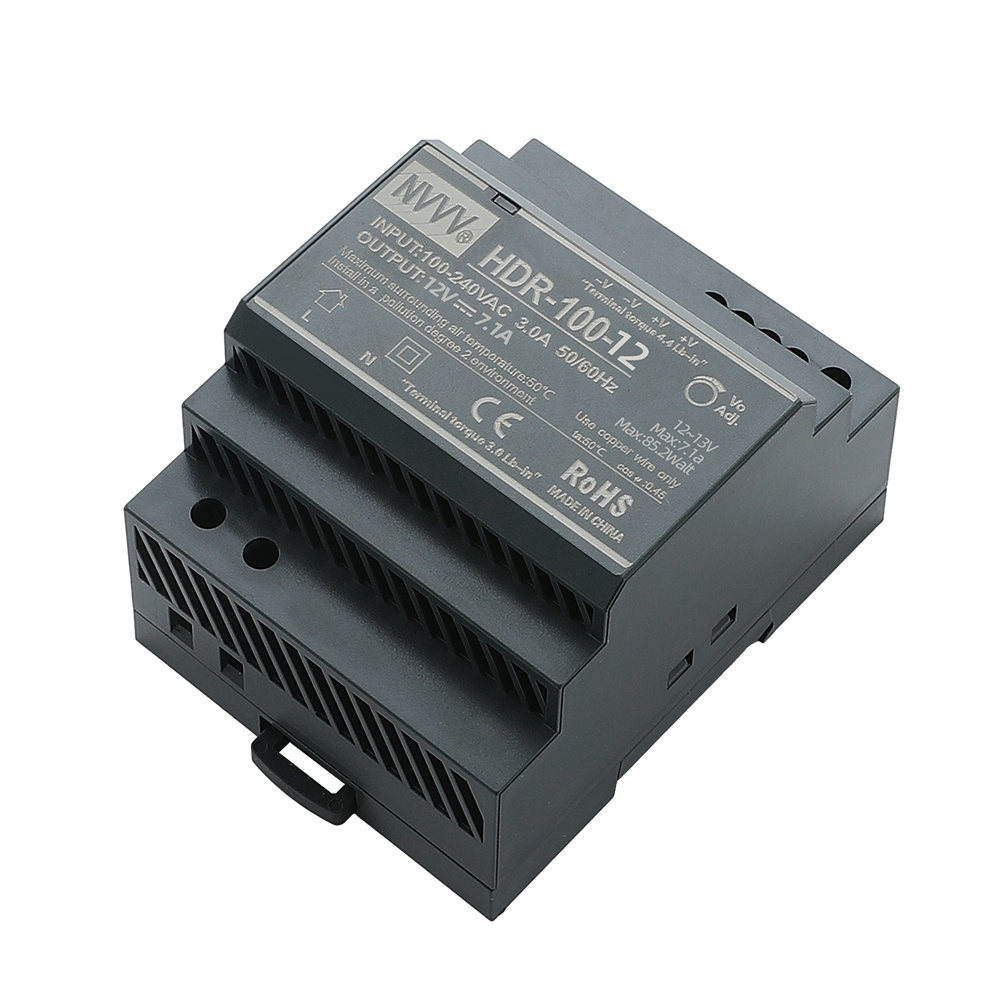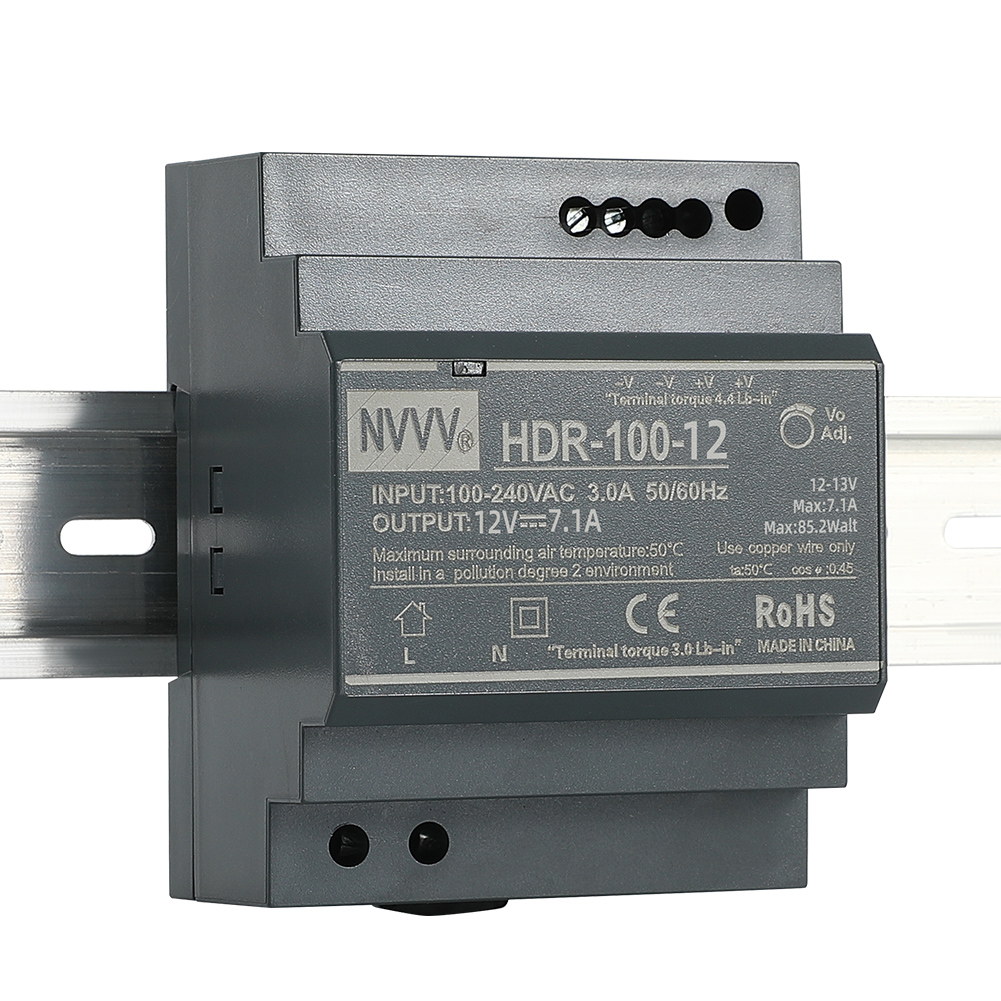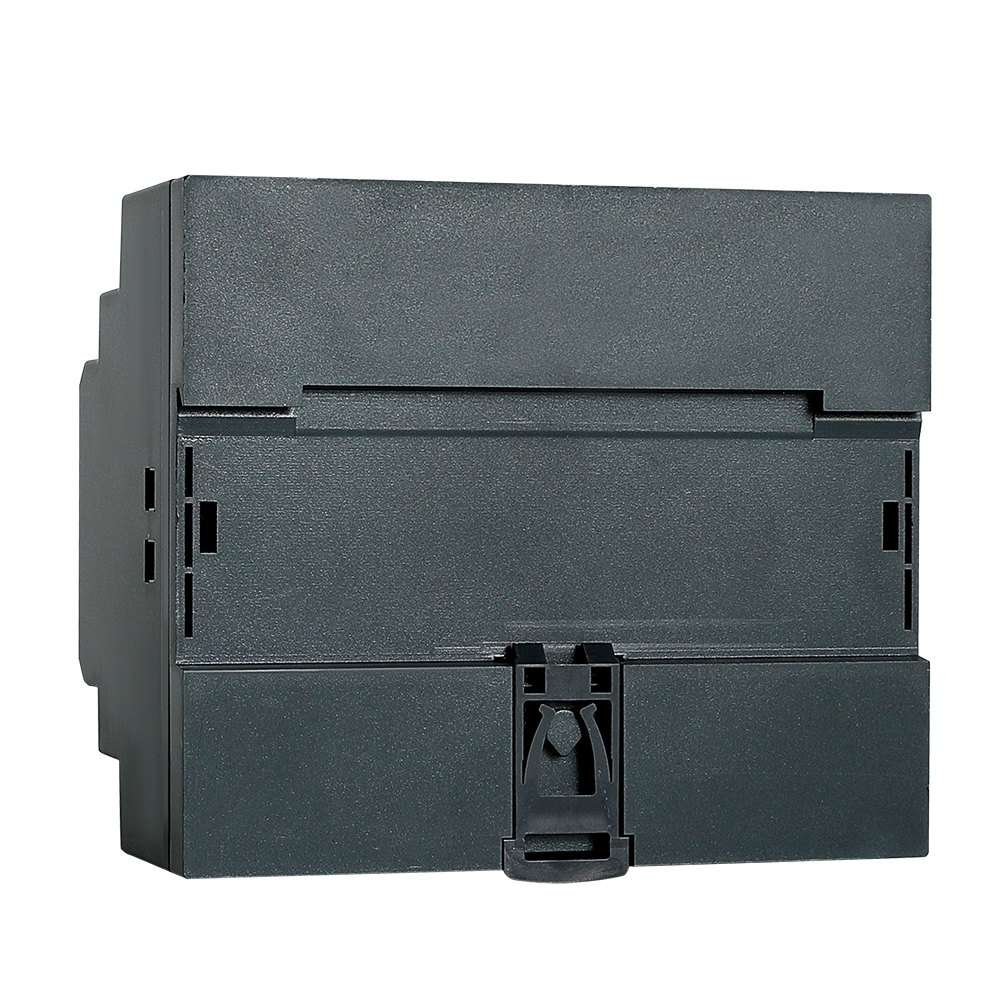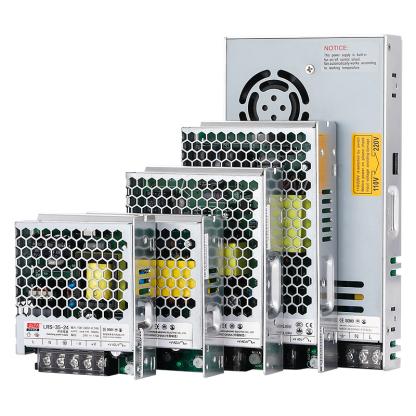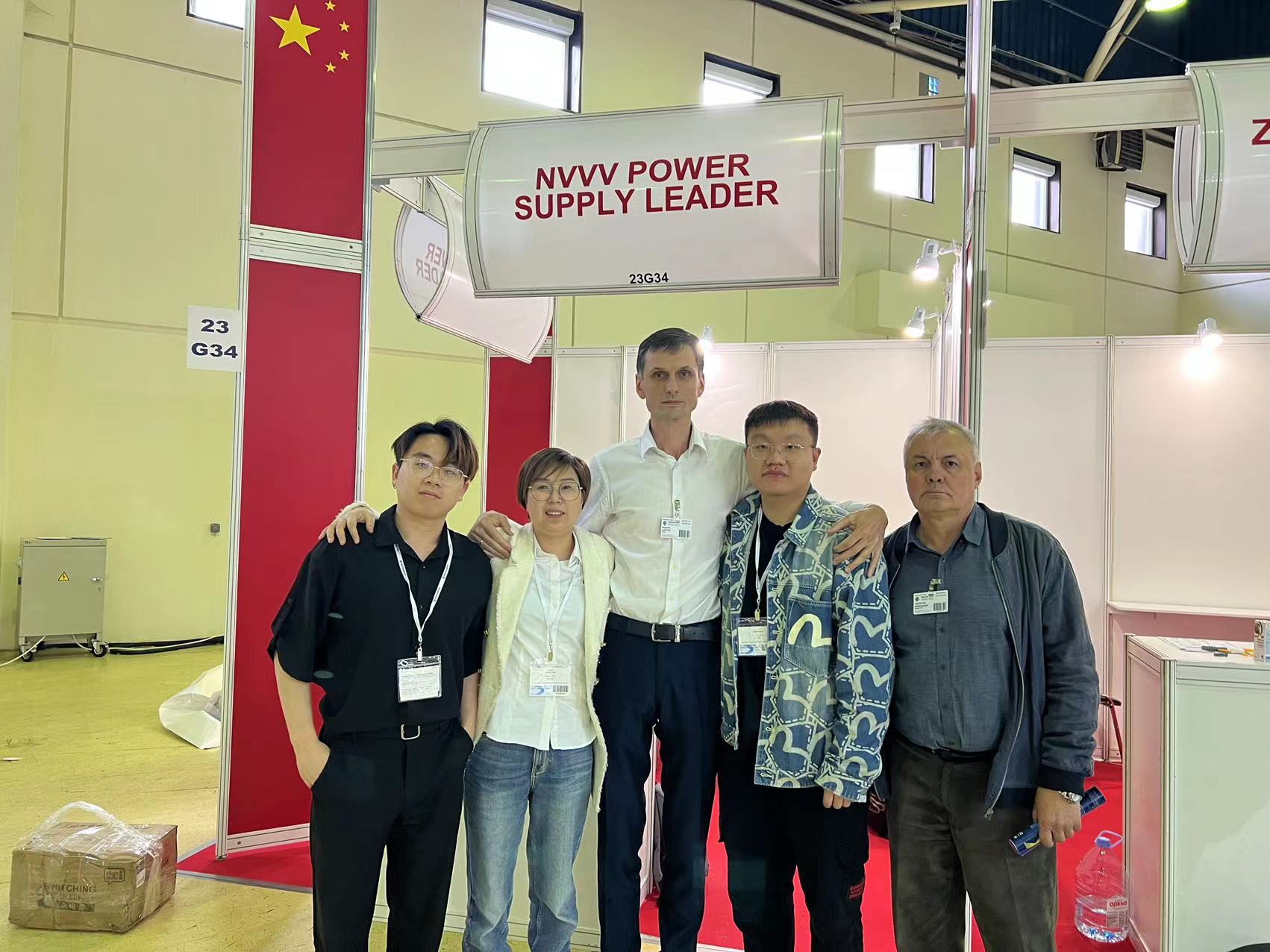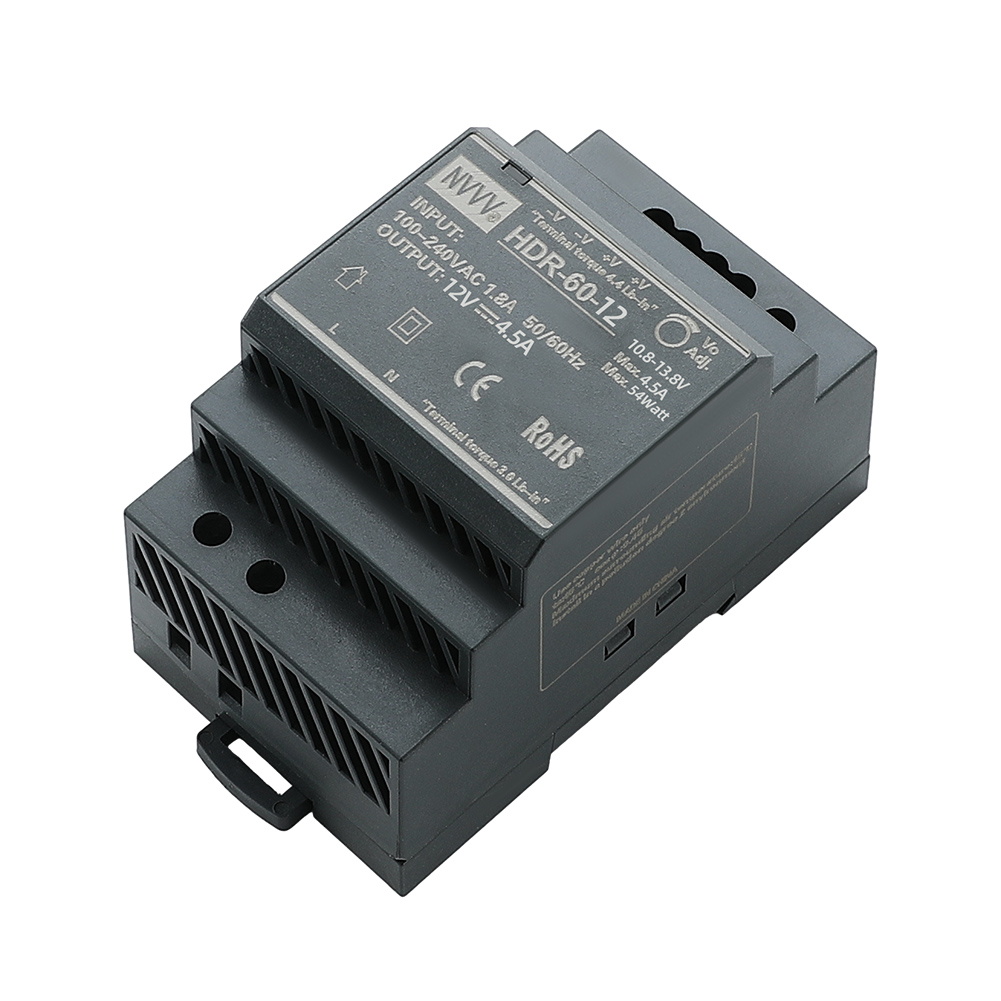How Switching Mode Power Supplies Are Transforming Modern Industrial Design
Modern industries are evolving at lightning speed. From smart factories to intelligent building systems, reliable and efficient power delivery has become foundational to system performance. At the center of this shift is the switching mode power supply (SMPS)—a compact, intelligent power solution that has become essential to industrial designers and system integrators alike.
In this article, we’ll explore five key reasons why SMPS is now the gold standard in industrial power systems—and how it’s helping shape the future of smarter, safer, and more scalable design.
Table of Contents
Why Efficiency Is the Foundation of Industrial Power Design
How SMPS Delivers Compact Power Without Compromise
What Built-In Protections Make SMPS a Safer Choice
Where SMPS Outperforms in Harsh or Variable Environments
Why SMPS Supports Smarter, Global-Ready Systems
Powering Industrial Innovation with NVVV
1. Why Efficiency Is the Foundation of Industrial Power Design
In industrial systems, every watt counts. Equipment runs around the clock, and energy use is one of the largest operating expenses. That’s where SMPS truly shines. With conversion efficiencies often exceeding 90%, SMPS dramatically reduces energy losses compared to traditional linear power supplies, which typically operate at 50–70%.
This high efficiency leads to more than just lower electricity bills:
-
Less heat generation means smaller cooling systems and fewer ventilation concerns.
-
Lower cabinet temperatures translate to longer component life.
-
Less energy waste supports sustainability goals and energy management certifications (like ISO 50001).
In one automated logistics facility, replacing just 40 linear power units with efficient SMPS models resulted in an annual energy cost reduction of over $5,000. Additionally, the maintenance team reported fewer overheating incidents in control enclosures—proving that efficiency impacts more than just the meter.
And with rising energy prices globally, this isn't just a green decision—it’s a smart financial one.
2. How SMPS Delivers Compact Power Without Compromise
As systems get more complex, control cabinets get more crowded. Engineers are constantly trying to do more with less space. Thankfully, switching power supply provides high output power in a significantly smaller form factor than older technologies.
This is possible thanks to high-frequency switching, which reduces the size of internal components like transformers and capacitors. The result? Slim, lightweight units that free up cabinet space and simplify installation.
Take DIN-rail SMPS models, for example. Their compact, modular design allows for:
-
Quick snap-in installation
-
Side-by-side mounting with other automation gear
-
Easier expansion without redesigning the panel
On a recent elevator project, designers were able to reduce cabinet depth by 30% simply by switching to a slimmer SMPS unit. This not only saved wall space in the building core but also made future maintenance easier and safer for technicians.
In applications where weight also matters—like AGVs (automated guided vehicles) or mobile panels—SMPS helps engineers meet design constraints without sacrificing reliability or performance.
3. What Built-In Protections Make SMPS a Safer Choice
Power issues can cause far more than system downtime—they can damage equipment, trigger alarms, or even pose safety hazards. That's why modern SMPS is equipped with a suite of built-in protection features that safeguard both the power supply and the connected load.
Common protections include:
-
Overcurrent and short-circuit protection
-
Overvoltage and undervoltage lockout
-
Thermal shutdown with auto-recovery
-
Inrush current limiting and soft-start functions
These features allow the SMPS to react quickly to anomalies, often without requiring manual reset or replacement. In mission-critical applications—such as fire safety systems, ventilation fans, or chemical process controls—this adds a layer of operational security.
For instance, a food processing facility experienced repeated shutdowns during power fluctuations caused by heavy compressor loads. Once the team replaced the legacy supplies with SMPS units featuring robust input protection and wider voltage tolerance, the shutdowns stopped entirely—even during high-demand periods.
In short: built-in protection isn’t just about protecting the PSU itself. It’s about ensuring system resilience and operator safety.
4. Where SMPS Outperforms in Harsh or Variable Environments
Industrial equipment often works in conditions that are far from ideal—dust, vibration, salt air, high humidity, or dramatic temperature shifts. Fortunately, industrial-grade SMPS is engineered for these realities.
Some of the features that make SMPS ideal for challenging environments include:
-
Wide operating temperatures (often –30°C to +70°C)
-
Fanless cooling for reduced noise and improved longevity
-
Coated PCBs that resist moisture, dust, and salt corrosion
-
Rugged enclosures for shock and vibration protection
In an offshore marine monitoring station, a SMPS with conformal coating and wide voltage tolerance powered communication and emergency systems for over three years without failure—despite constant salt exposure and high humidity.
Fanless models are especially popular in environments like food plants or grain silos, where airborne particles can clog fans and reduce cooling efficiency. SMPS avoids this problem entirely, making it a lower-maintenance, longer-lasting solution in such settings.
5. Why SMPS Supports Smarter, Global-Ready Systems
Modern industrial systems are connected, distributed, and increasingly deployed across borders. Switched mode power supply is ready for this reality, offering features that simplify global integration and support smarter system design.
Key advantages include:
-
Universal input voltage compatibility (typically 85–264V AC)
-
Global certifications (CE, UL, CB, RoHS, CCC)
-
Optional power factor correction (PFC) for grid compliance
-
Parallel or redundant operation support for critical systems
-
Built-in status LEDs or signal outputs for remote diagnostics
System integrators and OEMs benefit from fewer SKUs, faster design cycles, and easier compliance in regulated industries. For example, a building management company deploying systems across Europe and Southeast Asia was able to use the same SMPS model in every market—thanks to wide input support and multi-certification compliance.
This level of standardization reduces sourcing complexity, simplifies support, and helps scale industrial solutions across locations and applications.
Powering Industrial Innovation with NVVV
As industrial systems become more advanced, their power infrastructure must keep up. At NVVV, we’ve dedicated over two decades to building reliable, efficient, and globally compliant switch mode power supplies for real-world industrial applications.
Whether you're powering a fire panel, an elevator controller, or a modular automation line, NVVV SMPS products offer:
✅ High efficiency with low heat output
✅ Compact, DIN-rail ready form factors
✅ Full protection and thermal stability
✅ Certifications for global deployment
✅ Support from engineers who understand your environment
Let NVVV help you build industrial systems that are not only powerful—but also smart, resilient, and ready for the future.

